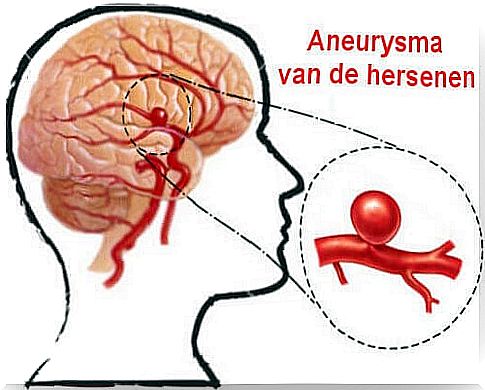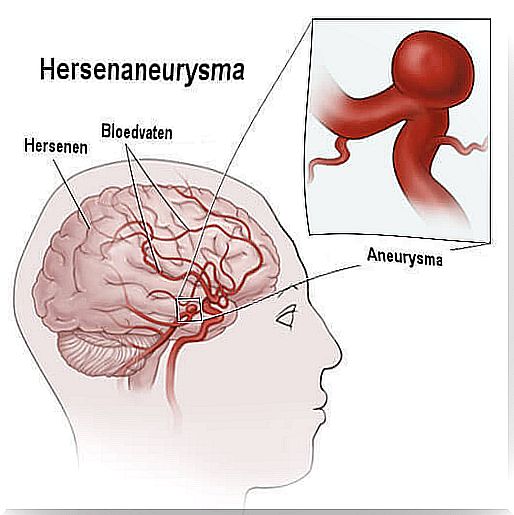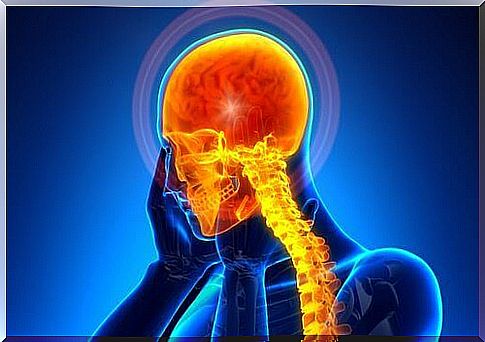Preventing And Recognizing An Aneurysm

Medical experts define an aneurysm as an abnormal bulging of an artery caused by weaknesses in the artery wall. Especially women over the age of fifty often have to deal with this serious condition. Do you want to prevent and recognize an aneurysm? Then read this article to find out which symptoms can identify an aneurysm and how you can prevent the condition.
Aneurysm: what you need to know
It is not yet known exactly how an aneurysm develops. Some people have aneurysms from birth and others later in life.
The most common sites for aneurysms to occur are in the aorta, popliteal fossa, brain, gut, and spleen. Spleen aneurysms are especially common in pregnant women.
The symptoms associated with an aneurysm depend on where the aneurysm occurs.
When the aneurysm occurs near the surface of the skin, it can cause a lot of pain, and there may be a feeling of pressure and a bump. When the aneurysm occurs in internal areas such as the brain, it usually shows no immediate symptoms.
An aneurysm in the brain can continue to bulge without rupturing and can put pressure on surrounding nerves, causing symptoms such as:
- Headache
- diplopia (double vision)
- Dizziness
- Tinnitus (ringing in the ears)
- Loss of balance
- Stiff neck
- Inability to communicate or understand others when they speak
- Sensitivity to light
- Vomit
- Seizures
- unconsciousness

If the aneurysm ruptures, it can cause low blood pressure, pain, dizziness and a rapid heart rate. The chance of death is much higher when this happens.
About 5% of the world’s population develops an aneurysm in the brain and this is more likely if there is a family history of these types of aneurysms or if you have problems with your circulation.
How can you recognize an aneurysm?
An aneurysm in the brain is the most dangerous. If the tear is detected early enough, death can be avoided. This condition often occurs as a result of unhealthy habits and other illnesses.
Taking immediate action ensures that you can be sure of survival. It is important to act within about half an hour if an aneurysm ruptures in the brain. You have to act quickly, because only 40% of aneurysms are discovered in time. The other 60% lead to death.

An aneurysm in the brain
Since most people with brain aneurysms have no symptoms and abnormalities are only discovered during a routine examination, it is not always clear how to act if the aneurysm ruptures.
Before the aneurysm ruptures, it causes a condition known as “sentinel headache,” chronic headaches resulting from minor bleeding that don’t respond to drug treatment.
If this pain persists, it is important that you consult your doctor. This is a serious phenomenon that you should definitely not take lightly. The aneurysm may have ruptured, causing bleeding between the brain and the thin outer membrane that protects the central nervous system.
The headache associated with this is very sharp and can prevent you from opening your eyes. Often there is also nausea, dizziness, vomiting, loss of sensation on one side of the body, double vision, weakness and loss of consciousness.
Only less than half of the patients survive this condition and a large proportion of these patients suffer from neurological disorders.
Therefore, it is extremely important that you seek medical attention if the headache is unbearable and it is clear that the headache is not caused by an external injury such as a blow, fall or accident.
How can you prevent an aneurysm?
Preventing an aneurysm is the best way to avoid an aneurysm. You can succeed by taking the following advice to heart:
Consult your doctor
An annual checkup, complete with tests relevant to your age and state of health, is important to detect signs of abnormalities.
Your doctor should also be familiar with your family medical history. If a close family member has experienced an aneurysm, let us know. So you can take steps and prevent an aneurysm.

There are many different types of investigations that can be performed to rule out all forms of abnormality. These include computed tomography (CT scan), magnetic resonance imaging (MRI) magnetic resonance imaging (MRI), cerebrospinal fluid analysis and angiography.
Preventing an aneurysm? Develop a healthier lifestyle
Some of the best things you can do to reduce the chance of an aneurysm include:
- Quit smoking
- Avoiding Drug or Alcohol Abuse
- Maintain a healthy and balanced diet
- Exercise two to three times a week
- Avoid being overweight
- Monitor your cholesterol and watch your blood pressure
Preventing an aneurysm and your stress level
You can also reduce the chance of an aneurysm by reducing the amount of anxiety and stress you experience in your life. Do your best to calm down, avoid circumstances or things that make you feel bad, try to solve problems before they become more serious, etc. It is also good to take a vacation every now and then and to rest more.
Remember to sleep at least 6 to 8 hours a night. This is good for your health. Make a list of things you enjoy and do them. Here are a few suggestions:
- Read
- Walking in the park
- Playing with your kids
- Gardening
- chess
- Yoga or Pilates
- Swimming
- Learn to play an instrument
Meditating can also help to reduce stress and thus help prevent an aneurysm.








